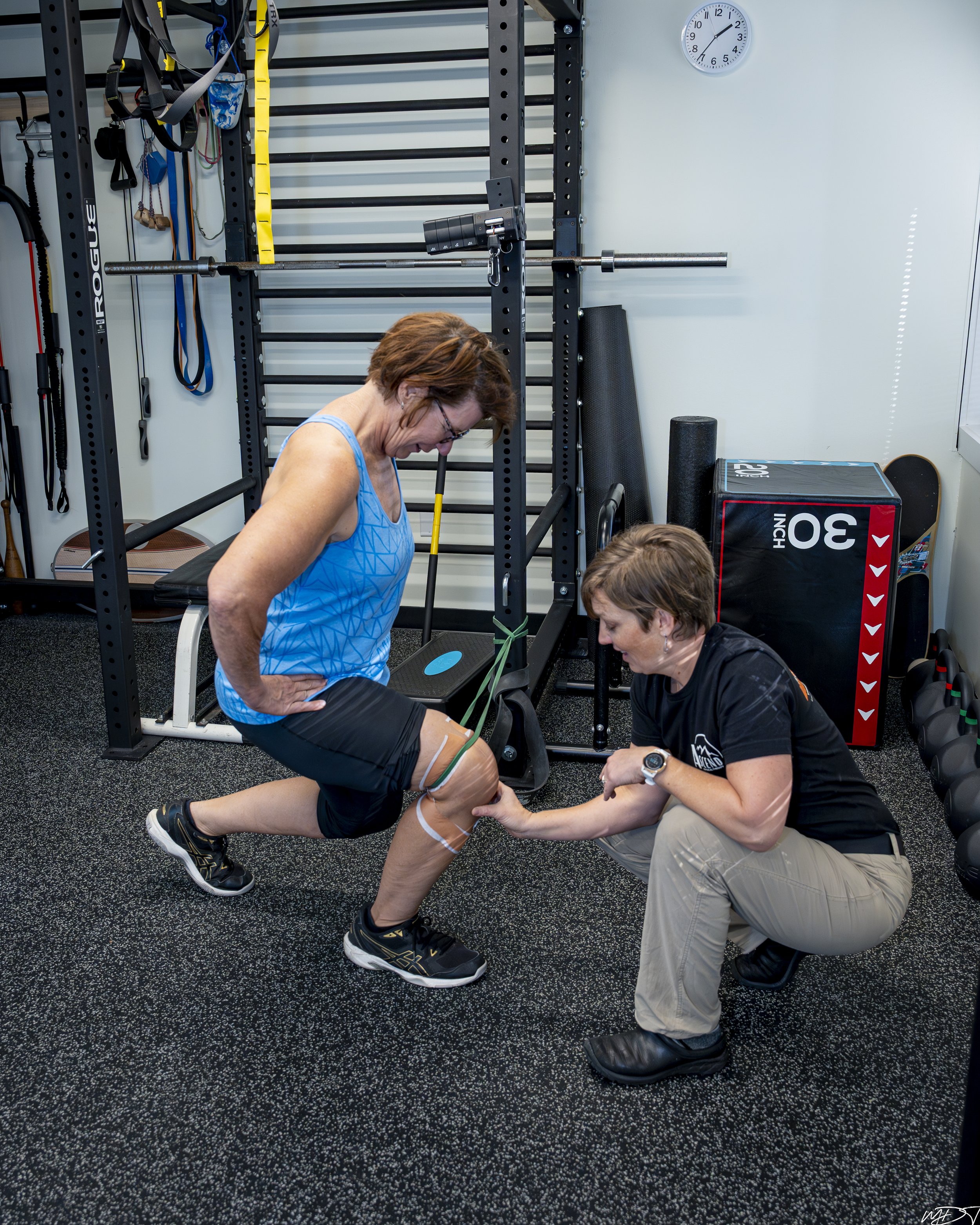Proprioception 102:
Sensory Processing and Hypermobility – A Nervous System Puzzle
What is sensory processing?
Sensory processing is your brain’s ability to take in, organize, and respond to information from your environment—like sound, touch, balance, and body position. For people with hypermobility, this system can get overwhelmed or misfire, especially when it comes to proprioception.
Sensory challenges often start early.
Even toddlers with hypermobility show differences in sensory integration, especially with movement and deep pressure responses. In one study, toddlers with hypermobile joints scored lower in areas like visual-tactile coordination and vestibular input processing compared to peers without hypermobility (Yıldız et al., 2024).
This sensory difference doesn’t disappear with age—it just becomes more noticeable in different ways:
Feeling “unaware” of where your limbs are
Needing strong physical cues to feel grounded
Being highly sensitive or underresponsive to touch or motion
Why does this matter in training?
When your body can’t rely on internal cues alone, it needs more external feedback. That’s why we use walls, tapping, bands, and isometric holds in this program—it’s like turning up the volume on the signals your brain needs to feel safe and in control.
Research is also pointing to a fascinating connection between proprioceptive confusion and emotional dysregulation in hypermobile and neurodivergent populations. When your brain expects a movement to feel one way and it feels different, it triggers a mismatch that can contribute to anxiety and sensory overwhelm (Eccles et al., 2024).
So what can we do about it?
Create movement routines that feel safe and consistent
Use external cues and feedback to guide your body
Practice slowly, with attention, to help the brain re-map movement
Be patient—your nervous system is learning a new language

